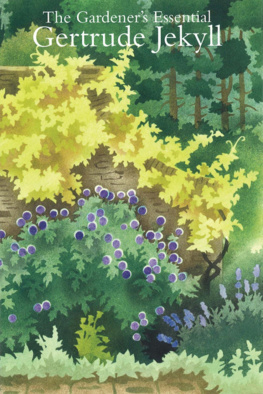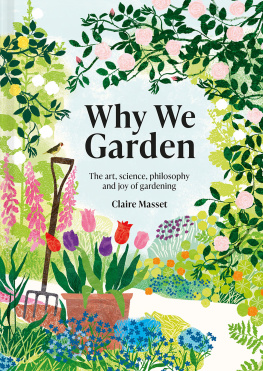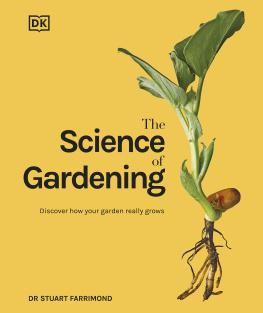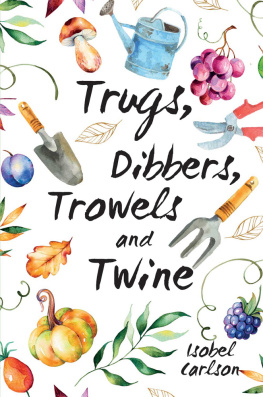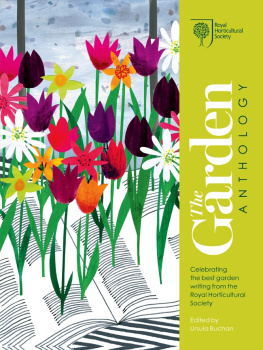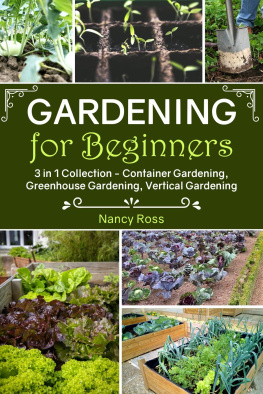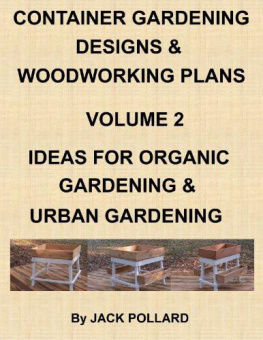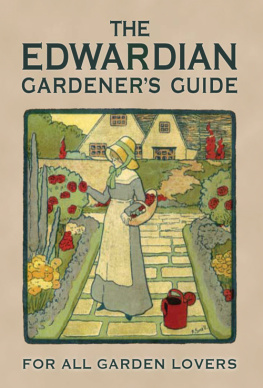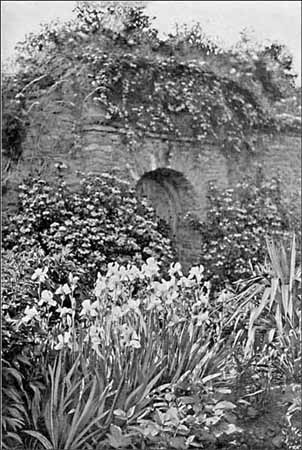
WOOD AND GARDEN
Notes and Thoughts, Practical and Critical, of a Working Amateur
GERTRUDE JEKYLL
INTRODUCTION BY LORRAINE FLANIGAN

Introduction and Suggested Reading
2002 by Barnes & Noble, Inc.
This 2011 edition published by Barnes & Noble, Inc.
All rights reserved. No part of this publication may be reproduced, stored in a retrieval system, or transmitted, in any form or by any means, electronic, mechanical, photocopying, recording, or otherwise, without prior written permission from the publisher.
Barnes & Noble, Inc.
122 Fifth Avenue
New York, NY 10011
ISBN: 978-1-4114-3709-8
INTRODUCTION
A T THE TURN OF the twentieth century, Gertrude Jekyll led the gardening world into a new era. Her principles of garden design shaped the way we garden today and continue to provide a solid grounding for a new millennium of gardening. Wood and Garden contains the core of Jekylls gardening philosophy. Regarded as the first horticultural Impressionist, her style is based on a respect and knowledge of the natural world, combined with the creative imagination of an artist.
Much of the Jekyll garden style grew from her childhood exploration of the countryside. The young Gertrude grew up among the ponds, meadows, lanes, and woodlands of West Surrey in England. A copy of Flowers of the Field was as close a friend as her dog, her pony, and the people who worked and lived in the towns and villages surrounding her home at Bramley House. These first experiences with the natural world, together with village life, grew into a lifelong appreciation for the countryside that is evident in her book.
Not only did she value the plants of woods and hedges, Jekyll also developed an appreciation for the flowers of the cottage garden. Long scorned as unworthy of the formal gardens of Victorian estates, Jekylls writings restored plants, such as daisies, pinks and wallflowers, to a new prestige. As Hyams notes in his History of Gardens and Gardening, In the garden near the house she adapted the old English cottage garden, giving it a more sophisticated expression. Today, the cottage garden has become a popular style once again, the old-fashioned plants and informal arrangements indicative of a nostalgia for the simplicity of the country life of bygone days.
Based on a collection of thirteen articles Jekyll had previously published in The Guardian, Wood and Garden is arranged in a month-by-month gardening calendar. As the gardening year progresses from January to December, Jekyll leads the reader on a tour of her garden at Munstead Wood. Each area of the garden is designed according to the seasons, plants carefully grouped to bloom in spring, summer or fall. The creation of these seasonal pictures required a disciplined hand in the selection of plant material, ensuring common cultural requirements along with synchronized bloom times and striking color harmonies. In her seasonal landscapes, Jekyll demonstrates a deep knowledge of horticulture as well as the talents of an artistqualities that have led to her enduring legacy.
As well as her love of the countryside, Jekylls work was influenced by her training and exposure to art. A well-educated and cultured woman of the Victorian age, Jekyll pursued her artistic talents, enrolling in the Kensington School of Art, at a time when Impressionist painters were being influenced by Michel Chevreul, whose theories of color led to one of the most creative periods of artistic expression. Through her studies and subsequent travels in Europe, Jekyll entered the world of art by forging friendships with the Impressionist artist Hercules Brabazon, studying and admiring the work of J.M.W. Turner, as well as associating with members of the Arts and Crafts movement.
Her artistic training led to one of Jekylls trademark stylesthe arrangement of herbaceous borders in sequences of color. The main flower border at her home in Munstead Wood is her masterpiece. Although suited to the large Edwardian gardens of the time, her color harmonies are easily modified to the smaller gardens of today. As Graham Stuart Thomas remarks, writing in the late twentieth century, Miss Jekyll first showed the way and it is worth studying the sequences she chose. In small gardens, however, I believe a different approach can be just as enthralling; rather than including a whole range of colors to achieve a sequence, try omitting one decisive color from each part of a small garden.
Modern garden design may never have been influenced by Jekyll had it not been for two events: the severe myopia that prevented her from pursuing her work in the arts and an introduction to the young architect, Edwin Lutyens. In the memoir of his aunt, Jekylls nephew, Francis, describes this turning point in her life, It was a piece of singular good fortune that there should come into her life, at the moment she was ready for it, a fellow artist ideally suited to be her collaborator.... Jekyll completed 346 garden design commissions in her lifetime; 112 of these were in collaboration with Lutyens. Although years apart in age, both had an appreciation of the countryside and of the skills of the traditional craftsman, and before long, the Edwardian ideal was to have a Lutyens house and a Jekyll garden.
Bedding as an all-prevailing fashion is now dead; the old garden flowers are again honored and loved, and every encouragement is freely offered to those who will improve old kinds and bring forward others.
Written at a time when garden styles were changing from the formal bedding designs of Victorian England to the more naturalistic plantings advocated by landscape gardener, William Robinson, the gardening philosophy demonstrated in Wood and Garden is at neither extreme of the design scale. The Jekyll genius lay in the creation of gardens that were appropriate to the site, balancing the scale and style of house with garden. Unlike the formal bedding gardens of the time, the purpose of the Jekyll garden was not so much for show, but for livinga very modern idea indeed. In his review of garden history, George Plumptre attests, This balance that they [Jekyll and Lutyens] sought has formed a cornerstone of the 20th century garden, whether in England, America, or anywhere else in the world.
After 1900, Gertrude Jekylls thoughts on gardening spread to North America with the publication of her books by Charles Scribner. Her words influenced such notable, early twentieth century American landscape gardeners and writers as Beatrix Ferrand, Louise Beebe Wilder, and Mrs. Francis King. Respect for her writing and horticultural expertise culminated in the Massachusetts Horticultural Societys awarding her the George Robert White Medal of Honor in 1929.
After her death in 1932, Jekylls books were hard to come by, remaining out of print until the 1980s when the British Antique Collectors Club reissued several, including Wood and Garden. Renewed interest in Jekyll led to the publication of Gertrude Jekyll on Gardening, an edition of Wood and Garden supplemented with words from Jekylls other writings, and edited for contemporary gardeners by Penelope Hobhouse. In this essential guidebook, Hobhouse firmly plants Jekylls words into the late twentieth century minds of new generations of gardeners. In her introduction, Hobhouse observes about Jekyll, She would readily have adapted to present-day gardening, making use of practical aids and the best plants, but it is interesting to note how many of her preferred and much-loved plants are still considered first-class.
Next page

